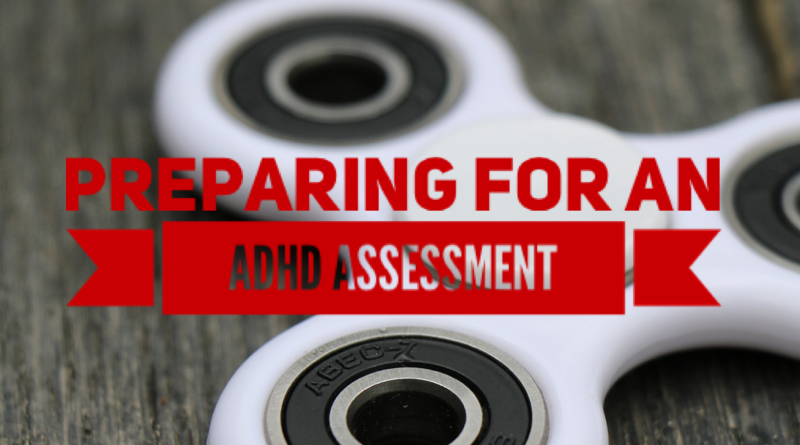Preparing for an ADHD Assessment
After the challenge of being successfully referred the next job is to prepare for the assessment. The specifics will vary by provider but the general format is self-report information (childhood and adult), medical history, reference report childhood, and reference report adult. This is part of a series of blogs on getting assessed for ADHD so check out the overview page for links to the other related posts
Medical History
The medical history form serves 2 main purposes. The first is to highlight anything that might result in ADHD-like symptoms but isn’t ADHD. The second is to determine if there are any medical considerations that would impact on the recommended course of action if you are diagnosed. For example some medications cant be used if you have certain pre-existing conditions.
Some of the required information may be on your referral paperwork so you can crib from there. Some of it is likely to be questions you know. Some of it you might need to check with parents. I’m in my 40’s and I needed to ask mum a bunch of stuff about my childhood development.
Self Report
The self-report just asks a bunch of questions, linked to the diagnostic criteria, for you to answer with childhood and adult examples. This is quite a daunting form. Especially if you struggle with memory recall. The childhood part is mostly aimed at the younger than 12 you.
To compile this I printed it off and kept it in my home office. I kept adding examples to the form until I have something to say for all of the questions. When I had enough I submitted it. I wish I had known that once submitted you can’t edit it. I had planned to keep adding. You can however keep taking notes and use them for your assessment.
For my childhood I struggled with specifics. I was always losing my house keys and getting in trouble for being disruptive in class but I struggled to pin point specific examples. For me, with my provider, this generalisation was accepted.
There are two side effects of going through this process. Firstly you will start to feel more AHHD. You will start spotting behaviours (yelling obscenities at the person who just cut you up in traffic) and aligning them to the behavioural traits in the questionnaire. It can make it feel at times like you are struggling more. That is probably not the case – you are just more aware. The second is when filling in the childhood questions and looking at a body of evidence of behaviours you start to wonder why it was not spotted sooner. And how different things might have been if you got help earlier. Its an emotional roller-coaster. We can’t change the past only make the most of what is to come. If you feel this loss of potential from childhood is unjust then get involved with neurodiversity advocacy. Change the system and reduce the stigma for those that follow.
Referee Report
The referee report is similar to the above but you ask someone else to fill it in for you. Depending on the provider there might be just a referee for you as an adult, or you as a child, or both.
Some people struggle, for a variety of reasons, to find a suitable person to fill in these forms. If this applies to you then speak to your provider. I think part of this process is to bring an external perspective to your behaviours so you can cast the potential pool wide (childhood friends, family, teachers, current or former colleagues).
With my provider (P-UK) it is possible to open the forms completed about you. Think long and hard before doing this. I opened mine. There were behaviours in there I didn’t spot and impacts on behaviours that I didn’t appreciate. There was also stuff I thought was unfair – I try so hard but some things I can’t help. I know it was completed to help me get the support I need but it was still a tough read.
Wait
With the forms in it is a waiting game. I waited about 6 months from getting the forms and getting the appointment. I submitted my forms early so I could be ready if appointments opened up so there was a lot of waiting.


Pingback: ADHD Assessment UK: What Nobody Tells You About Getting Diagnosed (2025) » ADHD Degree
Pingback: NHS vs Private ADHD Assessment (2025) - What Nobody Tells You About Getting Diagnosed - AuDHD Psychiatry